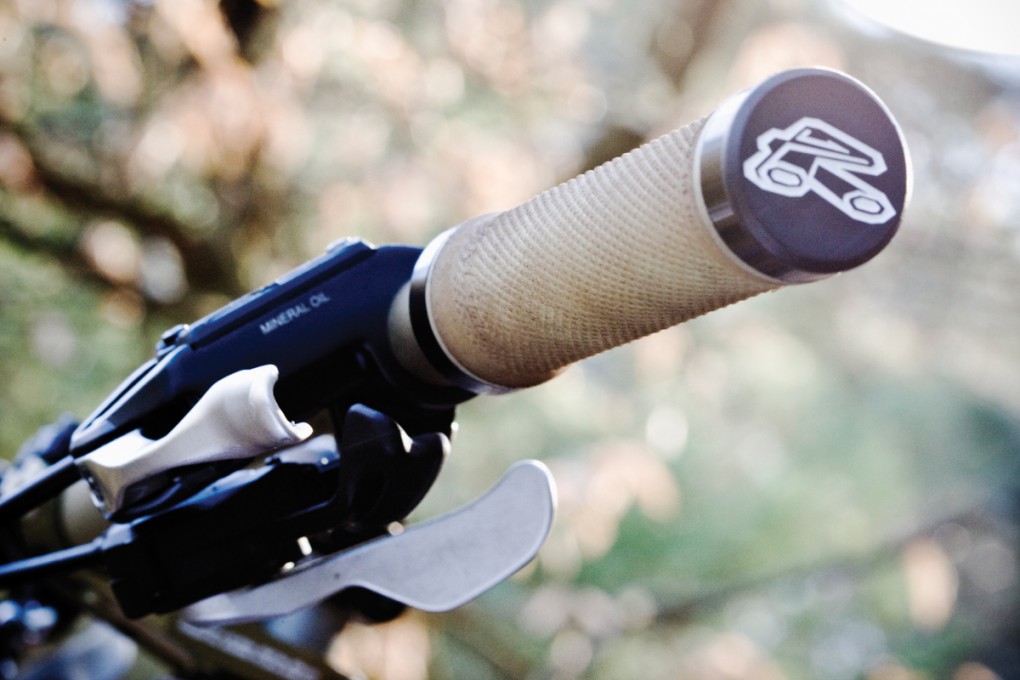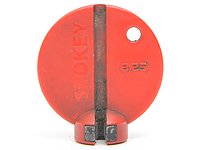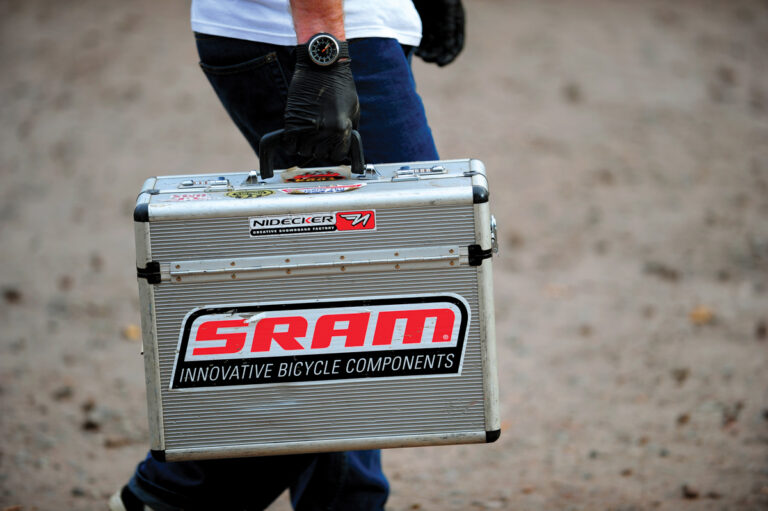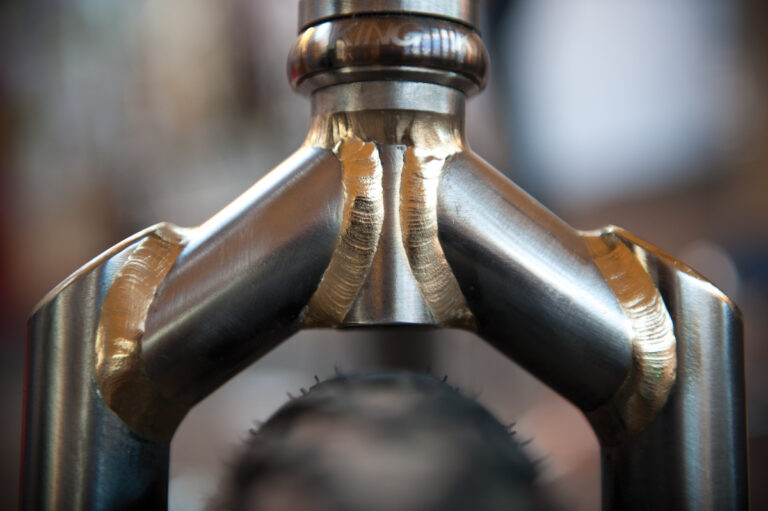
renthal lock-on grips
Sandy Plenty discusses the important role of rider input and the ‘process’ in the development of products…
From Dirt Issue 124 – June 2012
Words: Sandy Plenty. Photo: Grant Robinson.
It was 1969 when Henry Rosenthal and Andrew Renshaw produced their first handlebar called the ‘Trials High & Wide’. A few years later came their total domination in the motocross industry, and now 40 years on Renthal (it a short time) are already stamping their authority on the cycle industry.
I first started dealing with Renthal in ‘09 and I (and my LeisureLakesBikes/YETI team) have been lucky enough to test their bars and grips since then. The first prototype product we received was a 7mm Fat Bar, this was an early prototype when Renthal were looking specifically at super low bars. In this period they also tested a zero rise bar, but after all the feedback was gathered, they decided on the 10mm rise option for their lowest bar, with a 20mm, 30mm, and a 38mm as the highest option. Sometimes it’s not always about scientific data, more about getting a wide selection of riders, of differing abilities and preferences, to give constructive and relevant feedback.
 Next came the grips, Renthal’s push–on grip was launched late ’09, and immediately gained popularity. Renthal drew on their years of experience in manufacturing motocross grips, this meant development times were relatively quick for them. They tested a few motocross grips on bicycles, and instantly found that their trials grip was well suited to the job. They increased the width allowing them to add a harder wearing outer section, where they discovered most of the wear occurred. The whole project took six months from start to finish. I really do love using the push–on grips. I prefer to glue and wire them on, giving total reliability and confidence when out riding. Then shortly after came the plans for the lock–on grip, this project started in July ’08 and I asked Ian Collins (Cycle Product Marketing Manager) why they felt the need to create a lock–on grip, “Whilst we believe the push–on grip type grip can offer performance advantages in terms of comfort, a lock–on grip has the advantage of being very easy to fit effectively and consistently, and offers the most durable attachment to the bars. These performance advantages drove us to develop a lock–on grip.”
Next came the grips, Renthal’s push–on grip was launched late ’09, and immediately gained popularity. Renthal drew on their years of experience in manufacturing motocross grips, this meant development times were relatively quick for them. They tested a few motocross grips on bicycles, and instantly found that their trials grip was well suited to the job. They increased the width allowing them to add a harder wearing outer section, where they discovered most of the wear occurred. The whole project took six months from start to finish. I really do love using the push–on grips. I prefer to glue and wire them on, giving total reliability and confidence when out riding. Then shortly after came the plans for the lock–on grip, this project started in July ’08 and I asked Ian Collins (Cycle Product Marketing Manager) why they felt the need to create a lock–on grip, “Whilst we believe the push–on grip type grip can offer performance advantages in terms of comfort, a lock–on grip has the advantage of being very easy to fit effectively and consistently, and offers the most durable attachment to the bars. These performance advantages drove us to develop a lock–on grip.”
I first received the Renthal lock on grip in a soft, medium and hard compounds as well as the Kevlar. The Kevlar is all about softness versus durability, the compound combines a soft and tacky feel with increased durability, and has been my favourite for some time. However I have recently received a knew soft grip replacing the existing soft prototype and this also seems amazing. Renthal don’t offer colour options as such. They see the grip as a technical product and its performance is the most important factor, hence the colour is a result of the compound they use. The Kevlar compound uses millions of randomly aligned Kevlar particles suspended within the TPE (Thermo Plastic Elastomer). As the grip wears, more of the Kevlar particles become exposed, giving added resistance to wear, whilst still maintaining the same soft and tacky feel. As pro rider Neil Donoghue points out, “grips are such an important part of the bike and it’s great seeing someone take the time and effort to make them right. I tested out a few compounds and decided on the ones I liked. The attention to detail is great and it shows in the quality of the final products.”
Aside from their compound options, I bet you’re thinking ‘what makes Renthal lock–ons different to other grips on the market?’ The key differentiating point is that it features a collar (6061 T6 aluminium) permanently bonded to the glass reinforced poly propylene (GRPP) body. As a rider can generate a huge amount of torque on the grip, it is the development of the bonding process which has taken the time to perfect (there were initially many computer–modelled versions). This permanently bonded collar will totally eliminate any play developing over time. Renthal have made metal/composite prototypes with three distinctly different designs. The first two prototypes were produced in August ’09. These two were developed independently and from them the final direction for the product was set. This final design that I have been using has been evolving over the last two years and after making minor changes along the way, they are now almost ready to produce the final version.
So when will they be released? I am told that the grips will go into production later this year. So there we have it, a brief insight into just how much time and effort Renthal put into the development of their products. I can assure you that it doesn’t just stop there though, these guys have plenty of other tricks up their sleeves.





